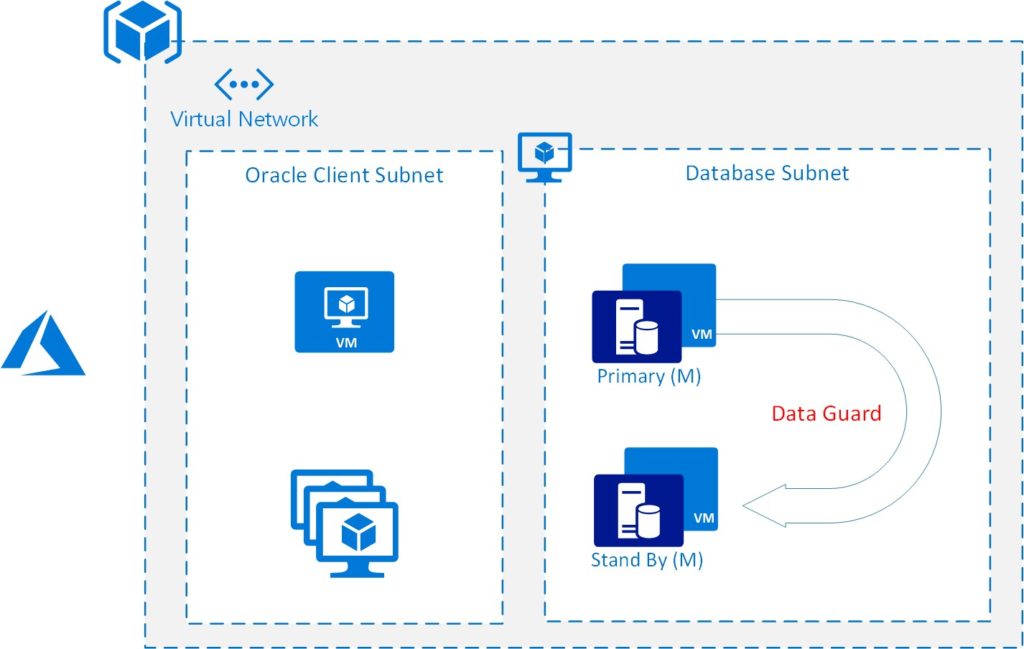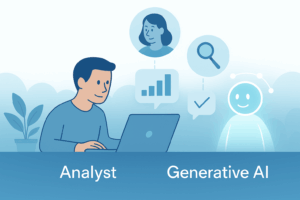 There are many times when you want to move to Azure but don’t have the liberty of re-platforming the database due to the dependency of applications. Don’t despair, there are still ways to move your workload. Azure has support for Oracle! We previously showed a way to almost run an Oracle Database as a Service on Azure, but if you have a line of business (LOB) application or an application that requires support for high availability, it is also possible: Presenting Azure support for Oracle disaster recovery including Oracle Data Guard.
There are many times when you want to move to Azure but don’t have the liberty of re-platforming the database due to the dependency of applications. Don’t despair, there are still ways to move your workload. Azure has support for Oracle! We previously showed a way to almost run an Oracle Database as a Service on Azure, but if you have a line of business (LOB) application or an application that requires support for high availability, it is also possible: Presenting Azure support for Oracle disaster recovery including Oracle Data Guard.
Oracle Support on Azure
Oracle supports running Oracle DB 12.1 Standard and Enterprise editions in Azure on virtual machine (VM) images based on Oracle Linux. Oracle has guaranteed license mobility from on-premises to Azure. “These images are considered “Bring Your Own License” and as such you will only be charged for compute, storage, and networking costs incurred by running a VM. It is assumed you are properly licensed to use Oracle software and that you have a current support agreement in place with Oracle.”
Licensing Details
Microsoft Azure is an ‘Authorized Cloud Environment.’ Under this program, “count two vCPUs as equivalent to one Oracle Processor license if hyper-threading is enabled, and one vCPU as equivalent to one Oracle Processor license if hyper-threading is not enabled.” Please note that unlimited license agreements (ULAs) may also be used.
High Availability
Any conversation about this topic requires us to look at the recovery time objective (RTO) and recovery point objective (RPO) of an application. In our application, this is how long the database can be down as well as the maximum amount of data loss that can be tolerated. Oracle defines well-known reference architectures based on RTO & RPO objectives.
Assuming we require comprehensive high availability (HA) and disaster recovery (DR), real-time failover and zero/near-zero data loss, an implementation using Oracle Data Guard will be pursued.
Oracle Data Guard
Data Guard is one offering from Oracle that ensures high availability, data protection, and disaster recovery for enterprise data. It uses a standby database (exact replica) to survive outages of any kind and data corruptions. This technology is available in Oracle Enterprise Edition. Oracle also provides, as a separately licensed product, Oracle Active Data Guard; this technology allows for real-time data protection and disaster recovery and expands capabilities.
A few key features from Oracle regarding Oracle Data Guard are:
- Fast redo transport for best recovery point objective (RPO), fast apply performance for best recovery time objective (RTO)
- Fast failover to a standby database to maintain availability should the primary database fail for any reason
- Automatic or automated (depending upon configuration) re-synchronization of a failed primary database, quickly converting it to a synchronized standby database after a failover occurs.
- Reduction of planned downtime by utilizing a standby database to perform maintenance in a rolling fashion
Oracle Real Application Clusters (RAC) was also considered, but it is not supported on any cloud environment other than Oracle’s.
Oracle Data Guard on Azure
Microsoft recommends — for the best performance of Oracle DB production workloads on Azure — to be sure to properly size the VM image and use Managed Disks that are backed by Premium Storage.
Azure provides the M-Series virtual machines that are ideal for extremely large databases or other applications that benefit from high vCPU counts and large amounts of memory.
Azure also provides a Managed Disk offering called Ultra SSD that can scale performance up to 160,000 IOPS. IOPS are “an input/output performance measurement used to characterize computer storage devices.” Database performance is often constrained by the performance of the underlying storage; therefore, utilizing the Ultra SSD offering, you can be sure to minimize this concern.
Get Your Oracle Resources into the Cloud, and Fast! Request an Oracle Migration Assessment from AIS Today.
Another key concept to enable this high availability scenario is to leverage Azure availability sets for the virtual machines. Availability sets are a fundamental technology that makes our scenario possible.
- Each virtual machine in your availability set is assigned an update domain and a fault domain by the underlying Azure platform.
- Update domains allow for a virtual machine to recover before maintenance on another virtual machine is initiated on a different update domain.
- Fault domains define the group of virtual machines that share a common power source and network switch.
- Managed disks provide better reliability for availability sets by ensuring that the disks of VMs in an availability set are sufficiently isolated from each other to avoid single points of failure.
Availability zones, an alternative to availability sets, expand the level of control you have to maintain the availability of the database VMs. With Availability Zones, Azure offers a 99.99% VM uptime Service Level Agreement (SLA).
Lastly, Azure Site Recovery (ASR) provides an additional level of disaster recovery via its ability to orchestrate replication, perform disaster recovery testing, and run failovers and failback; ASR is fully compatible with Oracle Data Guard on Azure.
A logical architecture using a virtual network (VNET) and subnets (isolation & projection), Oracle DB VMs, premium storage, and Oracle Data Guard is presented below.

AIS recently participated in a joint proof of concept (POC) where this architecture was deployed with M128 VMs and premium storage and achieved the following goals:
- ~35TB Database (Oracle Table Limit)
- ~30-45 second failover under user load of 5000- 15,000 concurrent users with Zero Data Loss
- Active Data Guard Running in Max Availability (SYNC, Successful Failover)
- Can handle both planned and unplanned failovers
- Achieve 120,000 IOPS
- Can be further secured using Network Security Groups (NSG) and Application Security Groups (ASG)
Looking to Retire Your Oracle Hardware and Migrate to the Cloud? Contact AIS Today to Discuss Your Options.






